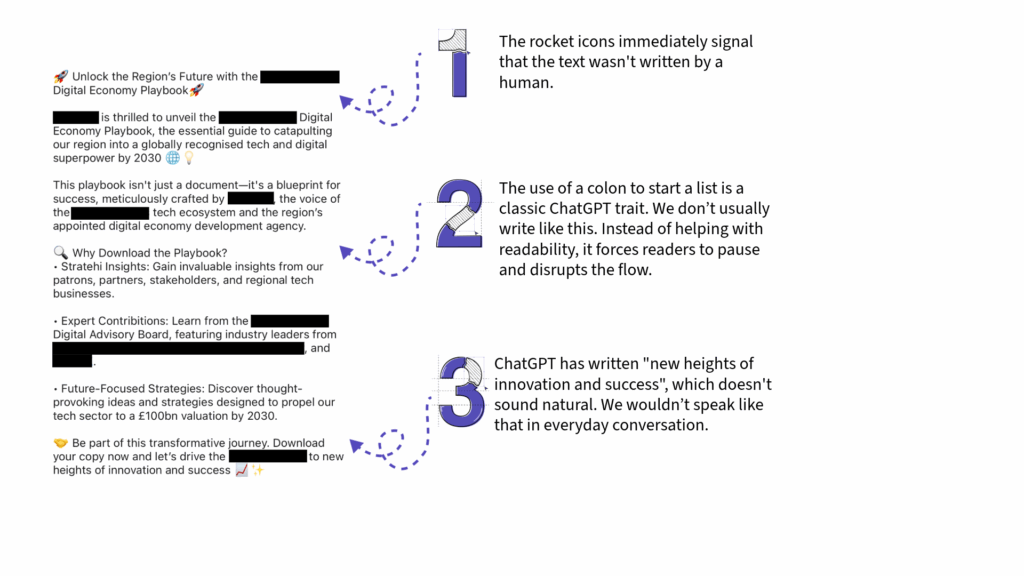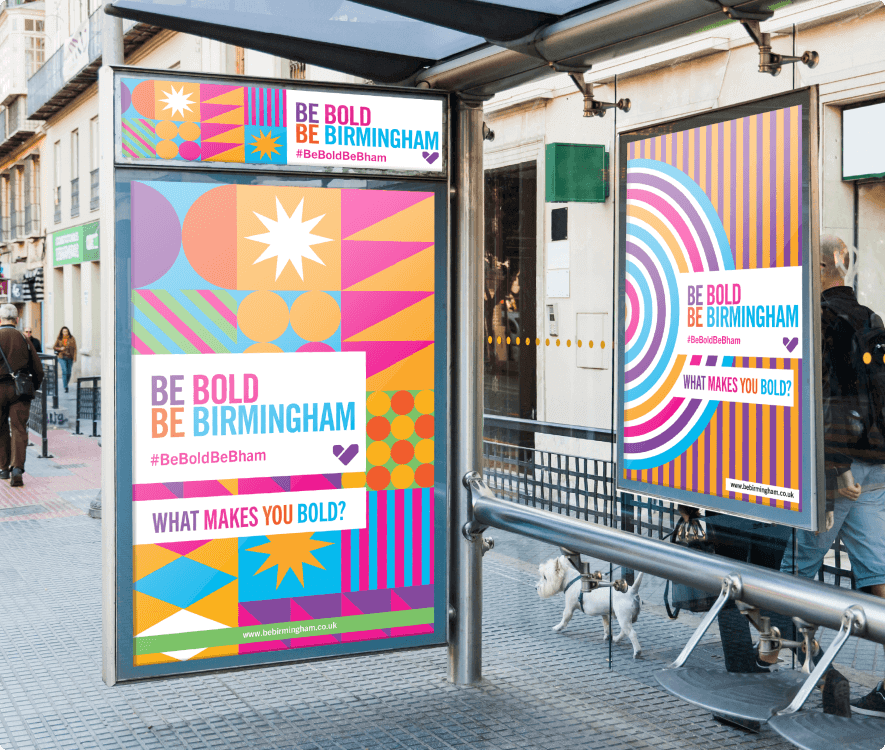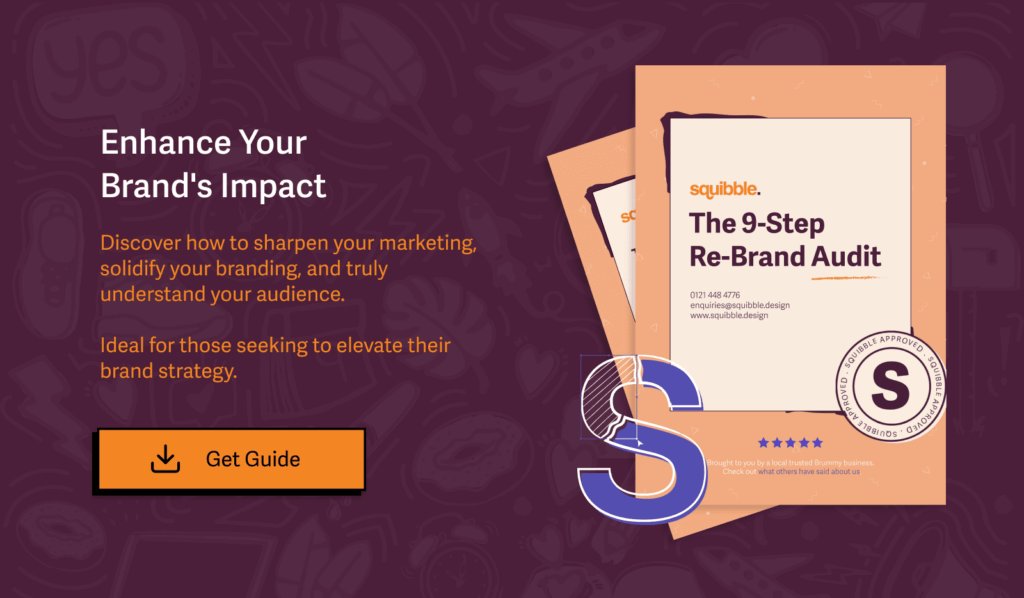As a marketer, you might find it challenging to make your brand stand out, especially when everything seems to look the same. Whether it’s the cars on the road or the modern office buildings we work in, there’s a noticeable trend of uniformity. This sameness can make it difficult for potential clients to see what makes your brand unique and trustworthy.
Moreover, the rise of AI tools has added another layer of complexity. While these tools offer great efficiencies, they can also lead to a lack of personal touch and differentiation. So, how can you, as a sole marketer, create a strong brand that stands out and builds trust? This article explores the crucial role of creative design in B2B branding and offers practical strategies to help your brand shine in a crowded marketplace.
The Importance of Trust in B2B Branding
Defining Trust in Business
In a B2B context, trust is all about confidence and reliability. It means that your clients believe you will deliver on your promises, provide consistent quality, and act with integrity. Trust is built when you are transparent, meet deadlines, and communicate effectively. It’s the assurance that you are a dependable partner who values their business and is committed to their success.
Impact of Trust on Business Relationships
Trust is crucial for influencing client decisions and establishing long-term partnerships. When clients trust you, they are more likely to choose your services over competitors, even if your prices are higher. Trust reduces perceived risk, making clients feel secure in their decision to work with you.
Moreover, trust leads to stronger, more resilient business relationships. Clients who trust you are more likely to stay loyal, recommend your services to others, and collaborate more openly. This loyalty can result in repeat business, referrals, and a solid reputation in the market. Essentially, trust is the foundation of successful B2B relationships and a key driver of business growth.
Challenges in Building Trust Today
AI and Automation
AI tools and automation can complicate trust-building in several ways. While they bring efficiency and consistency, they often create a sense of uniformity. Many businesses use the same AI-generated content or automated customer service, which can make it difficult for clients to see what makes your brand unique. Moreover, automation can reduce the personal touch that is crucial for building strong, trusting relationships. Clients may feel like they are dealing with machines rather than real people, making it harder to establish genuine connections and trust.
“I can spot a Linkedin post written by Chat GPT a mile off. Anything with the emoji star or a list that has a bunch of colons like this example is written by robots not humans.”
Kim Leary – Founder – Squibble

Market Saturation
Market saturation adds another layer of difficulty in building trust. With so many similar-looking products and services out there, standing out becomes a real challenge. When everything appears the same, clients may struggle to identify which brand to trust. This abundance of options can lead to confusion and indecision, making it crucial for your brand to find ways to differentiate itself clearly and effectively. Without distinctiveness, it’s challenging to capture attention and earn the trust of potential clients.

The Role of Creative Design Agencies in B2B Branding
Why Creative Design Matters
Creative design is essential for making your brand stand out. It gives your business a unique visual identity, making it memorable and attractive to potential clients. In a competitive market, distinct and thoughtful design can be the difference between blending in and being noticed. It helps communicate your brand’s values, enhances credibility, and builds trust with your audience.

Case Study: Be Bold, Be Birmingham
For the 2022 Commonwealth Games, Birmingham City Council partnered with Squibble to create a standout branding campaign. Squibble developed vibrant, eye-catching designs that unified Birmingham’s various regions. By using bold colours and hand-drawn artwork, Squibble effectively communicated the campaign’s energetic spirit, engaging the entire city and enhancing its visibility. This project showcased how creative design could bring a big idea to life quickly and effectively, building trust and excitement across the community.
For more details, visit Squibble’s Be Bold case study.
Measuring Creative Effectiveness
How to Measure Creative as a Marketer
As a marketer, it’s your responsibility to measure the effectiveness of creative design, not the designer’s. You can measure creative impact through various metrics, such as:
- Engagement Rates – Track how audiences interact with your content, including likes, shares, and comments.
- Conversion Rates – Measure how well your creative design leads to desired actions, like sign-ups or purchases.
- Brand Recognition – Use surveys and brand recall tests to assess how memorable your brand is.
- Sales Performance – Monitor sales data to see if there’s a boost following a new design campaign.
- Website Analytics – Analyse metrics like time spent on page, bounce rates, and click-through rates to gauge engagement.
By focusing on these metrics, you can determine the success of your creative efforts and adjust strategies accordingly.
Practical Steps for B2B Marketers
Conducting a Brand Audit
Review Your Current Brand
Look at all existing branding materials, such as your logo, website, social media, and marketing collateral. This helps identify areas of strength and opportunities for improvement, ensuring a unified and cohesive brand image.
Gather Feedback
Collect opinions from clients, employees, and stakeholders to gain insights into your brand’s strengths and weaknesses. This feedback provides a clear direction for enhancing your brand.
Analyse Competitors
Compare your brand with competitors to identify what makes you unique and where you can improve. Understanding the competitive landscape helps you find opportunities to stand out.
Identify Your Core Values
Ensure your brand reflects your company’s mission, vision, and values. Aligning with core values fosters authenticity and builds trust with clients and stakeholders.
Create a Plan
Develop a strategy to address gaps and inconsistencies in your branding. This plan should outline specific steps to strengthen your brand’s identity and maintain consistency across all channels.

How to Think Creatively During Your Brand Audit
- Brainstorm Freely – Hold open brainstorming sessions to generate innovative ideas without limitations.
- Seek Inspiration Outside Your Industry – Look at successful brands in other sectors to gain fresh perspectives.
- Use Storytelling – Develop compelling stories that highlight your brand’s unique qualities and resonate with your audience.
- Experiment with Visuals – Try different colours, fonts, and layouts to create a distinctive and memorable visual identity.
- Engage Emotions – Design campaigns that connect emotionally with your audience, making your brand more relatable and memorable.
By integrating these creative thinking steps into your brand audit, you can ensure your brand stands out and avoids blandness. Need help? Reach out to us and we can talk through some ideas.






